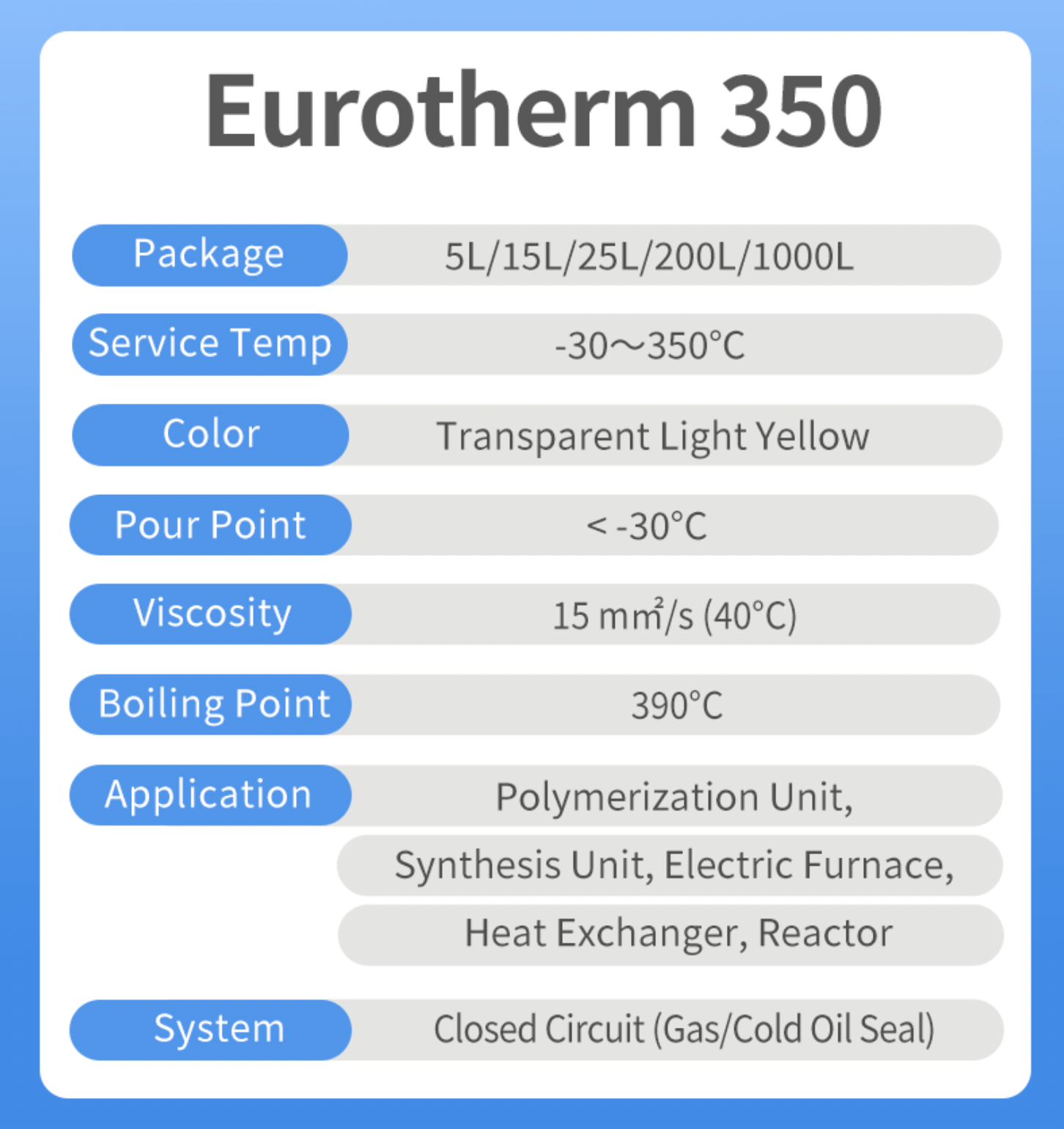Get This Report about Chemie
Get This Report about Chemie
Blog Article
Indicators on Chemie You Should Know
Table of ContentsExamine This Report on ChemieLittle Known Questions About Chemie.Chemie Things To Know Before You BuyFascination About ChemieFacts About Chemie RevealedWhat Does Chemie Do?
By Bojanna Shantheyanda, Sreya Dutta, Kevin Coscia and David SchiemerDynalene, Inc. Liquid cooling, which can be accomplished making use of indirect or straight ways, is made use of in electronic devices applications having thermal power densities that might exceed safe dissipation through air cooling. Indirect fluid air conditioning is where warmth dissipating electronic components are physically separated from the fluid coolant, whereas in situation of straight cooling, the elements remain in straight contact with the coolant.In indirect cooling applications the electric conductivity can be crucial if there are leaks and/or spillage of the liquids onto the electronic devices. In the indirect cooling applications where water based fluids with deterioration preventions are usually used, the electrical conductivity of the liquid coolant generally relies on the ion concentration in the liquid stream.
The increase in the ion concentration in a closed loophole fluid stream may take place because of ion seeping from metals and nonmetal parts that the coolant liquid touches with. Throughout procedure, the electric conductivity of the fluid might boost to a degree which could be hazardous for the air conditioning system.
Unknown Facts About Chemie
(https://www.pageorama.com/?p=chemie999)They are bead like polymers that are qualified of trading ions with ions in a solution that it touches with. In the existing work, ion leaching examinations were executed with different steels and polymers in both ultrapure deionized (DI) water, i.e. water which is treated to the highest levels of purity, and low electric conductive ethylene glycol/water combination, with the determined modification in conductivity reported in time.
The examples were permitted to equilibrate at area temperature for two days prior to taping the preliminary electric conductivity. In all tests reported in this research study fluid electrical conductivity was measured to a precision of 1% utilizing an Oakton CON 510/CON 6 series meter which was adjusted before each measurement.
Not known Incorrect Statements About Chemie
from the wall surface home heating coils to the facility of the furnace. The PTFE sample containers were put in the heater when stable state temperature levels were gotten to. The test arrangement was gotten rid of from the furnace every 168 hours (seven days), cooled down to area temperature level with the electrical conductivity of the fluid determined.
The electric conductivity of the liquid example was kept track of for an overall of 5000 hours (208 days). Number 2. Schematic of the indirect closed loop cooling experiment set up - silicone synthetic oil. Table 1. Parts made use of in the indirect shut loop cooling experiment that touch with the liquid coolant. A schematic of the experimental configuration is received Number 2.

Things about Chemie
During operation the fluid tank temperature level was maintained at 34C. The modification in liquid electrical conductivity was kept track of for 136 hours. The fluid from the system was gathered and saved. Similarly, closed loop test with ion exchange material was accomplished with the very same cleansing treatments employed. The initial electrical conductivity of the 230ml UP-H2O in the system determined 1.84 S/cm.

0.1 g of Dowex material was included to 100g of fluid samples that was taken in a separate container. The mixture was stirred and alter in the electric conductivity at room temperature level was gauged every hour. The measured modification in the electric conductivity of the UP-H2O and EG-LC test liquids including polymer or steel when involved for 5,000 hours at 80C is shown Figure 3.
Chemie Can Be Fun For Everyone
Ion leaching experiment: Calculated change in electrical conductivity of water and EG-LC coolants including either polymer or metal examples when immersed for 5,000 hours at 80C. The results show that steels added less ions right into the liquids than plastics in both UP-H2O and EG-LC based coolants.
Liquids consisting of polypropylene and HDPE showed the most affordable electric conductivity modifications. This might be because of the short, stiff, linear chains which are much less most likely to contribute ions than longer branched chains with weak intermolecular forces. Silicone likewise carried out well in both examination liquids, as polysiloxanes are typically chemically inert due to the high bond power of the silicon-oxygen bond which would protect against destruction of the product into the liquid.
How Chemie can Save You Time, Stress, and Money.
It would be anticipated that PVC would certainly produce similar outcomes to those of PTFE and HDPE based on the comparable chemical structures of the products, nonetheless there may be various other impurities existing in the PVC, such as plasticizers, that may impact the electric conductivity of the liquid - high temperature thermal fluid. Furthermore, chloride teams in PVC can also seep into the examination fluid and can cause a boost in electrical conductivity
Buna-N rubber and polyurethane showed signs of destruction and thermal decay which suggests that their possible utility as a gasket or glue product at higher temperature levels can bring about application concerns. Polyurethane completely broke down into the examination fluid by the end of 5000 hour test. Number 4. Prior to and after photos of steel and polymer samples immersed for 5,000 hours at 80C in the ion seeping experiment.
Measured modification in the electric conductivity of UP-H2O coolant as a feature of time with and without material cartridge in the closed indirect air conditioning loop experiment. The gauged change in electric conductivity of the UP-H2O for 136 hours with and without ion exchange resin in the loop is revealed in Figure 5.
Report this page